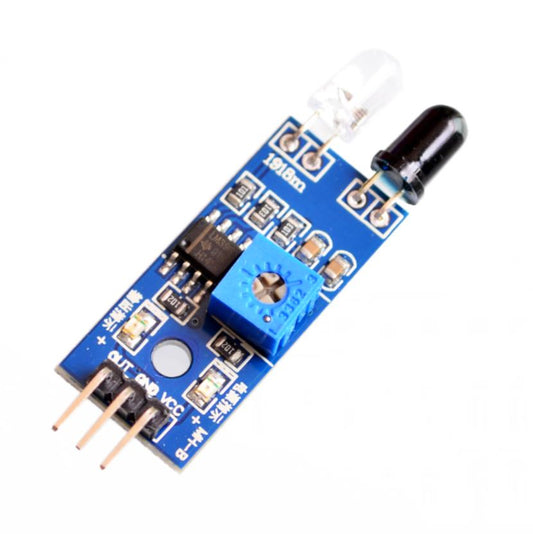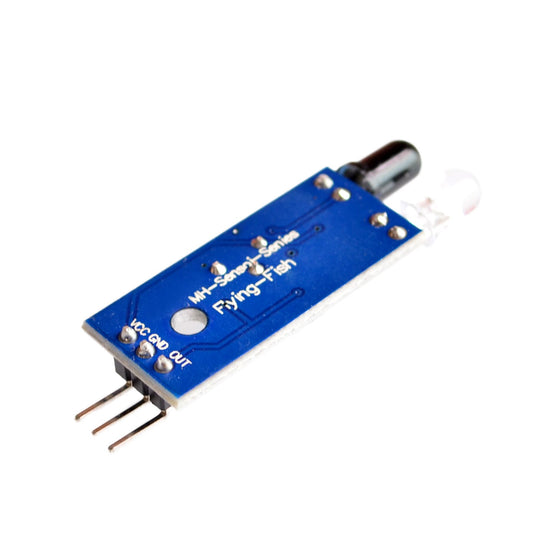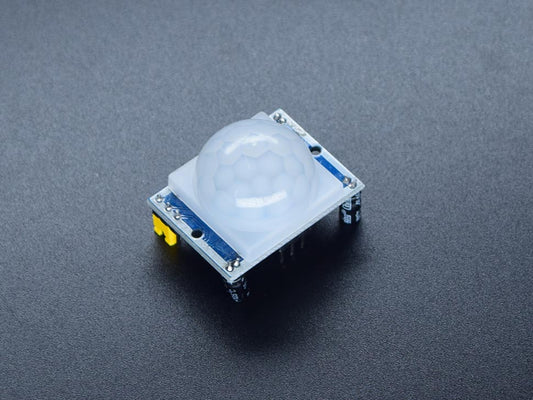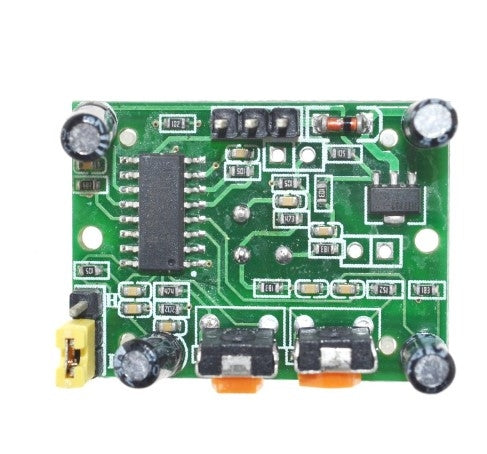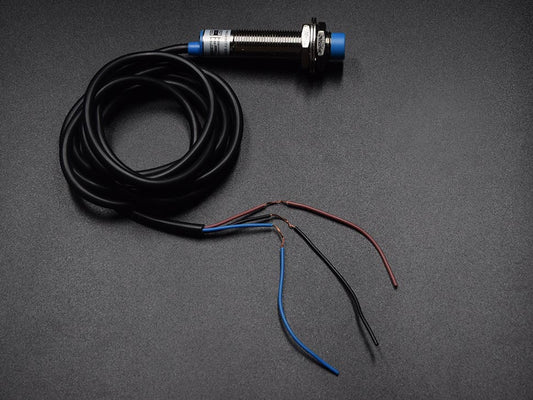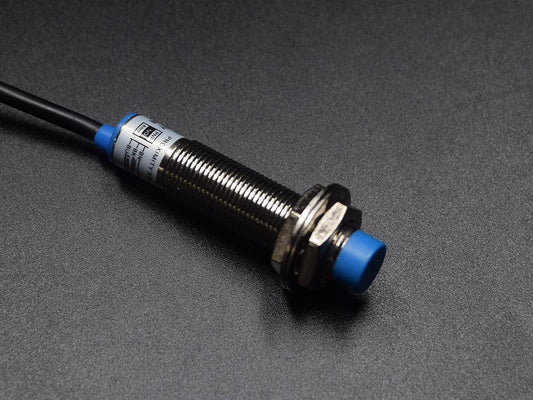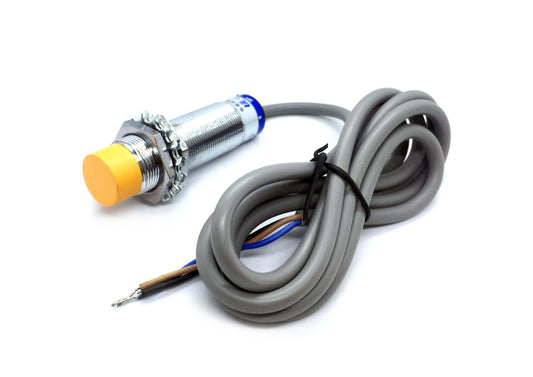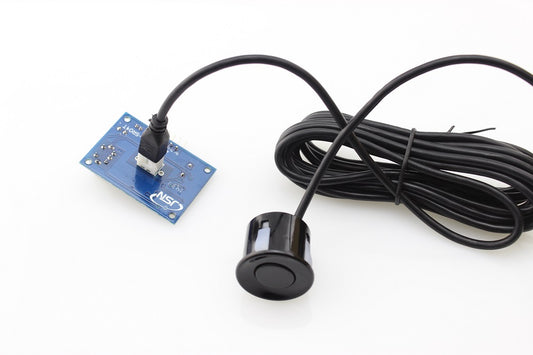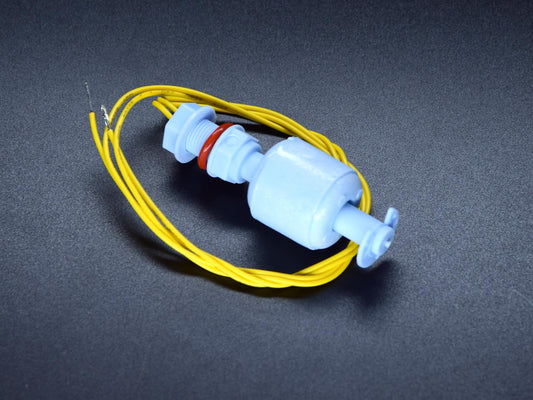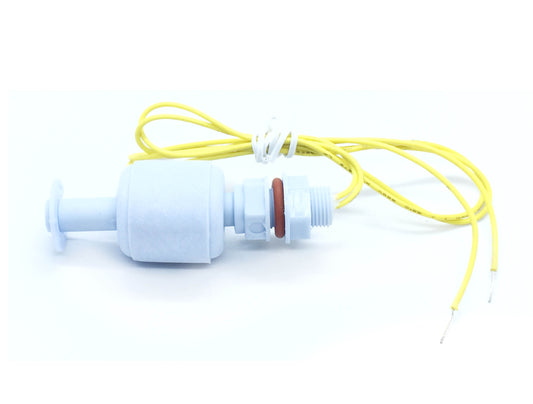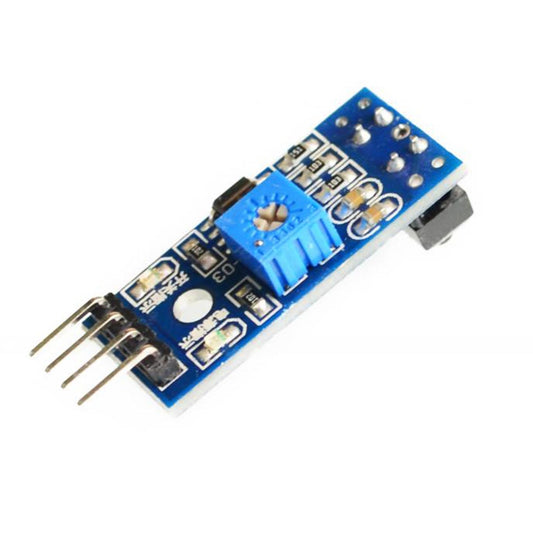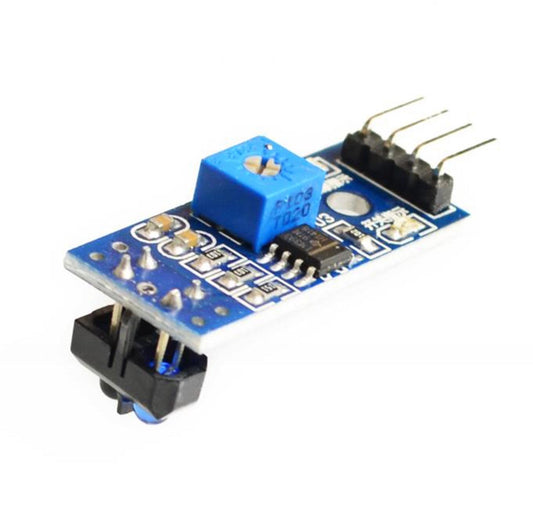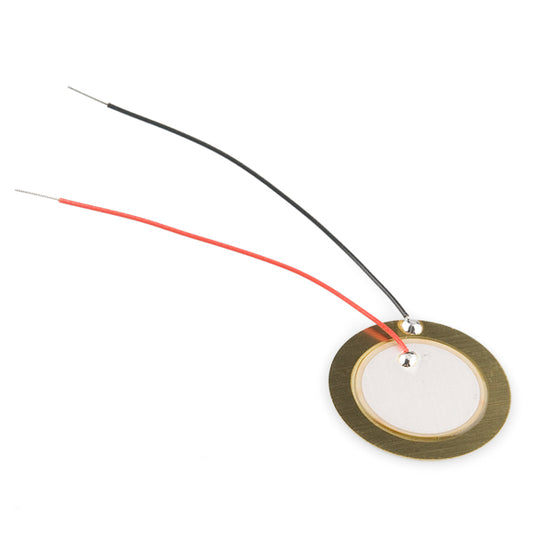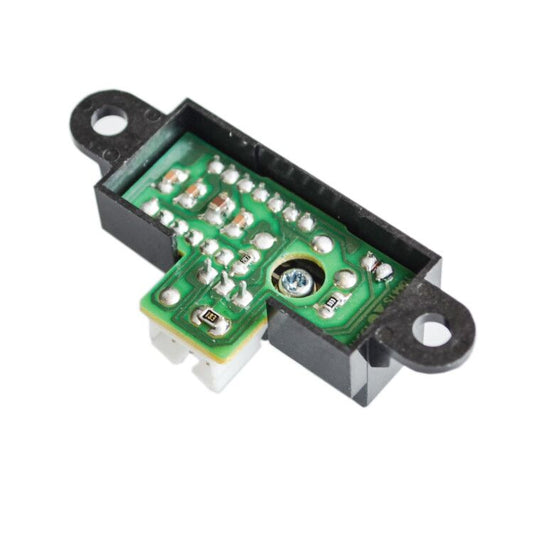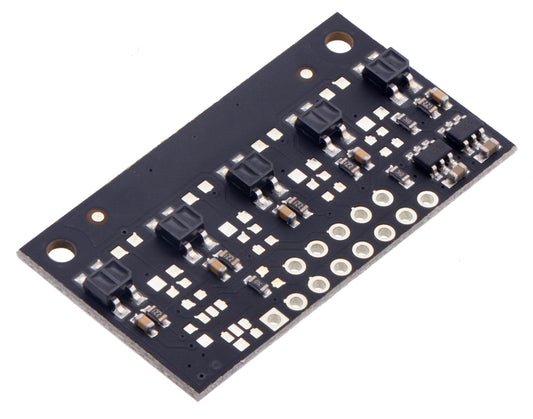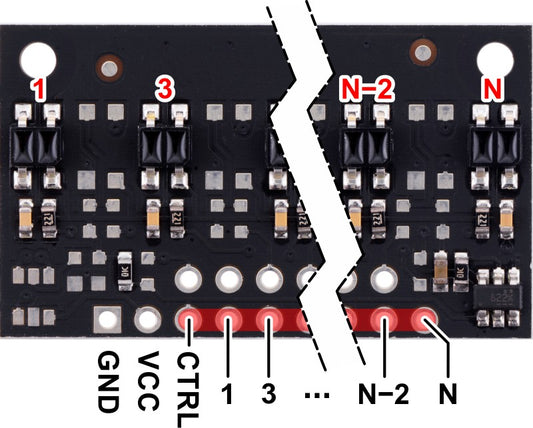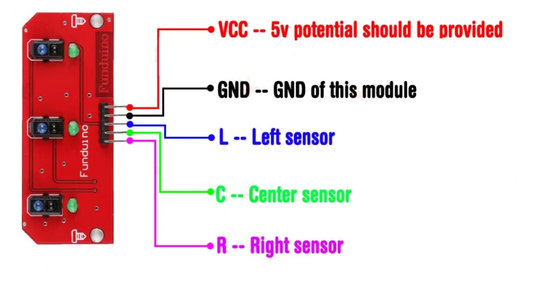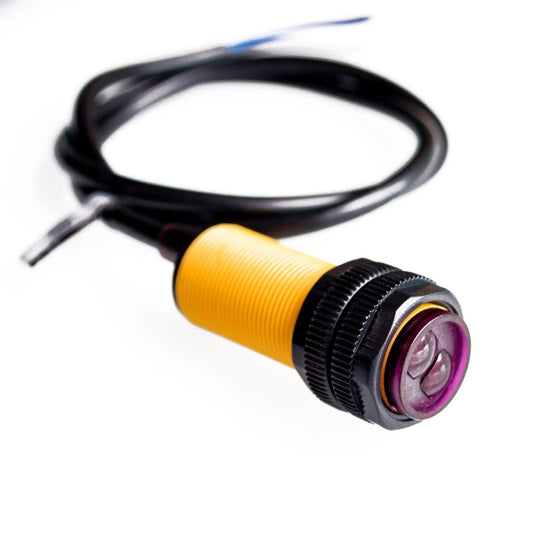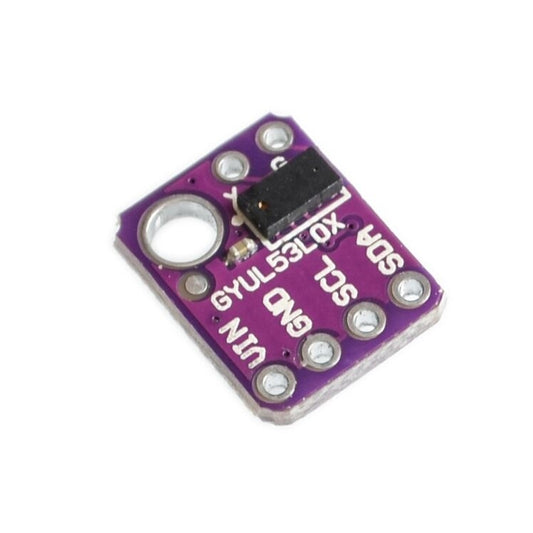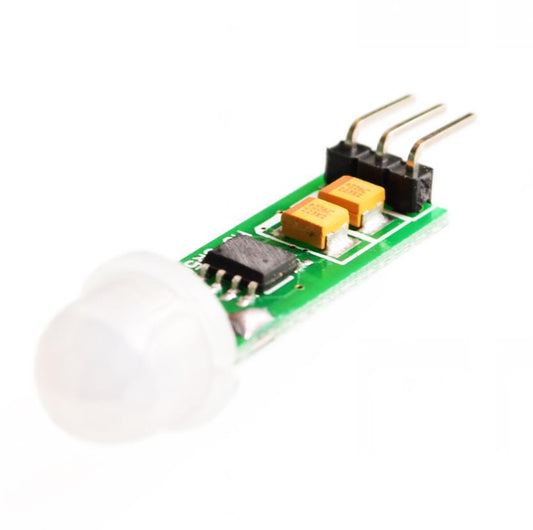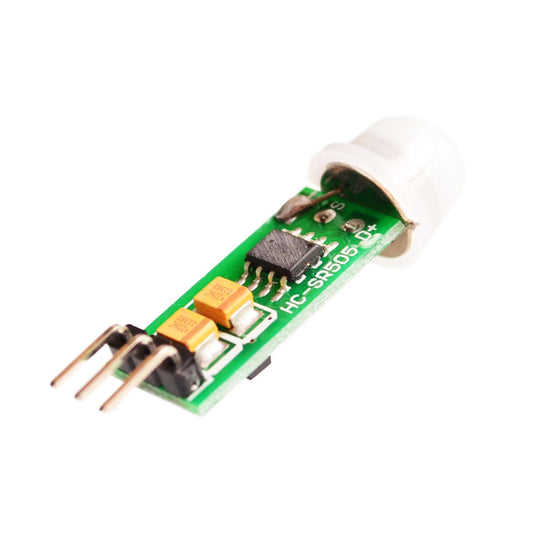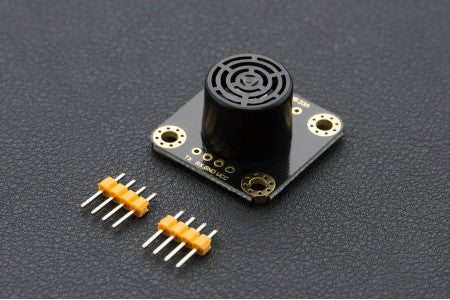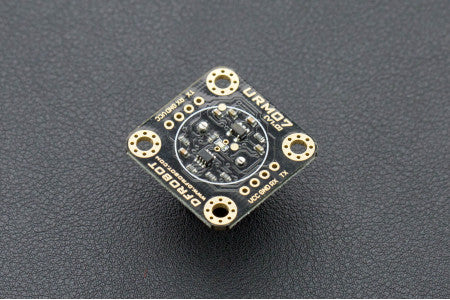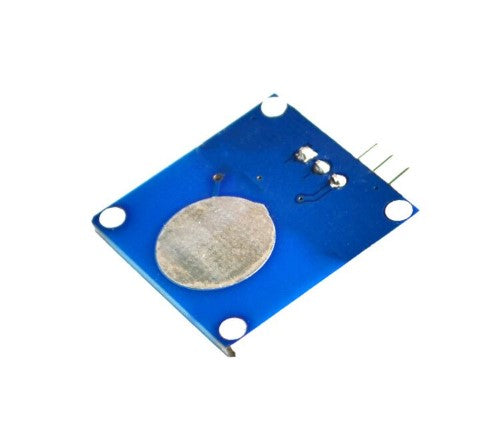Proximity & Presence Sensors Philippines: IR, Ultrasonic, ToF, PIR, Magnetic & More | Circuitrocks
Proximity & Presence Sensors — Detect Distance, Motion & Objects with Arduino, ESP32 & Raspberry Pi
Build responsive robots, automation systems, and smart devices with our curated proximity and presence sensors—from IR reflective and ultrasonic to ToF (time-of-flight), PIR motion, magnetic hall-effect, and capacitive/inductive detectors. Classroom-friendly and maker-tested.
IR • Ultrasonic • ToF • PIR • Hall-Effect • Capacitive • Inductive • Magnetic • Line Tracking
Why shop proximity sensors here
-
Wide coverage: short-, mid-, and long-range detection
-
Easy integration: analog, digital, I²C, SPI, UART options
-
PH support: local help for robot builds, automation & projects
Popular uses
- Line-following & obstacle-avoidance robots
- Parking sensors, gates & proximity alarms
- Smart room presence & security systems
- Industrial automation & end-stop detection
Featured proximity & presence categories
Magnetic, Inductive & Special
Tip: Ultrasonic sensors perform best on large, flat surfaces. For precise short-range or small-object detection, choose ToF sensors instead.
Proximity sensor chooser (quick guide)
| Need |
Good first choice |
Notes |
| Avoid obstacles in robots |
Ultrasonic HC-SR04 or IR reflective |
Ultrasonic for general detection; IR for line-following or tight spaces. |
| Highly accurate short-range distance |
ToF VL53L0X/VL53L1X |
Not affected by surface color; consistent reads even on small objects. |
| Room presence or security |
PIR motion sensor |
Great for lighting automation and human motion detection. |
| Detect magnets or rotation |
Hall-effect sensor |
Perfect for RPM counting, door sensors, and magnetic triggers. |
| Detect metal targets |
Inductive proximity sensor |
Common in CNCs, 3D printers, and industrial automation. |
| Detect non-metal objects |
Capacitive proximity sensor |
Detects water, plastics, grains, hands, and organic materials. |
Values above are common recommendations; check each product page for voltage, distance range, and wiring diagrams.
FAQ
Are these sensors compatible with Arduino/ESP32/Raspberry Pi?
Yes. Most proximity sensors work with analog or digital pins, while ToF uses I²C—fully compatible with Arduino, ESP8266/ESP32, and Raspberry Pi.
Do ultrasonic sensors work outdoors?
Yes, but wind and irregular surfaces can affect accuracy. For outdoor precision, consider ToF sensors.
Can PIR sensors detect through glass?
No—PIR sensors cannot see motion through glass or acrylic because they detect infrared heat changes.
Do you ship nationwide?
Yes—fast shipping across the Philippines. Same-day processing for in-stock items.
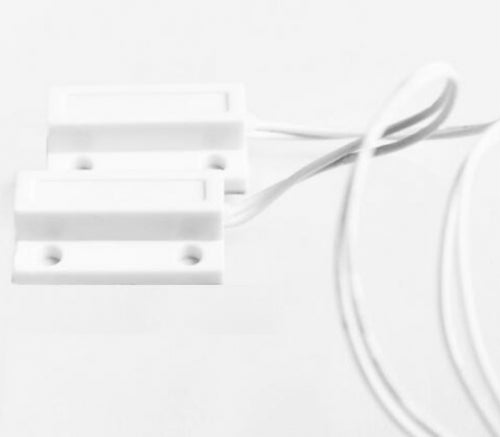
 Sold out
Sold out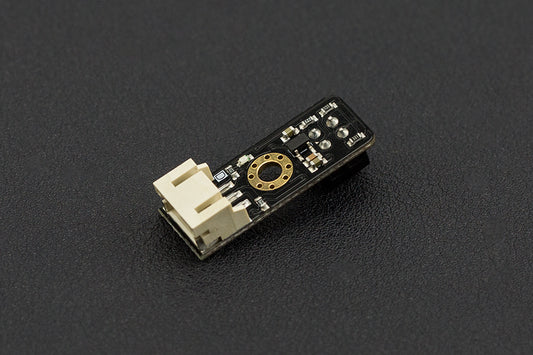
 Sold out
Sold out
